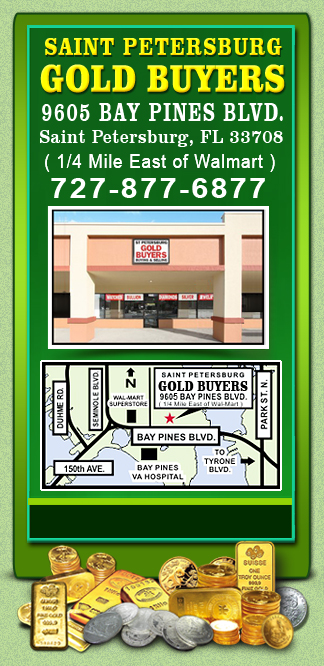The jewellery market is a dynamic and constantly evolving landscape shaped by multiple factors. One significant element that impacts jewelry prices involves the function of precious metal purchasers. Gold buyers are persons or companies that purchase gold in various forms, including jewelry, currency, and bars. Their activities can have a direct effect on the availability and demand for precious metal, which in turn affects the costs of jewelry made from this valuable material. Understanding how gold purchasers function and their influence on industry fluctuations is essential for individuals involved in the jewelry industry.
Gold purchasers often respond to changes in the worldwide financial landscape, which can lead to variations in precious metal prices. When financial instability arises, many traders turn to gold as a safe haven. This increased need can drive up the price of precious metal, making jewelry more expensive. On the other hand, when the financial landscape is stable and traders feel confident, the need for precious metal may decrease, resulting to reduced prices. This relationship between precious metal buyers and industry factors highlights the significance of financial indicators in establishing jewelry costs.
Another factor to take into account is the impact of precious metal buyers on the availability side of the market. When precious metal buyers purchase significant amounts of precious metal, they can affect the overall availability on the market for jewelry manufacturing. If precious metal buyers are proactively acquiring precious metal, it can lead to a reduction in the amount of gold available for jewellery makers, which may result in prices to rise. On the flip hand, if precious metal buyers are liquidating their gold to the market, it can increase the availability and potentially reduce prices. This supply and demand dynamic is essential for understanding how precious metal buyers influence jewelry costs.
Additionally, the conduct of gold purchasers can vary based on trends and customer preferences. For instance, if there is a growing movement for vintage jewellery, gold purchasers may seek out vintage items to satisfy this need. This can result to an increase in the cost of specific kinds of jewellery, as enthusiasts and consumers are prepared to pay more for distinctive items. Similarly, if there is a increase in review popularity for sustainable or responsibly sourced jewellery, gold purchasers may focus on purchasing gold that fulfills these standards, additionally influencing market costs.

In conclusion, gold buyers play a crucial part in the fluctuation of jewelry costs in the current market. Their purchasing choices are shaped by economic conditions, availability and need interactions, and changing consumer tastes. As the jewelry market keeps to evolve, understanding the impact of gold buyers will continue to be essential for both market professionals. By staying an eye on the actions of precious metal buyers, individuals can obtain important understanding into the trends and elements that shape jewelry costs.